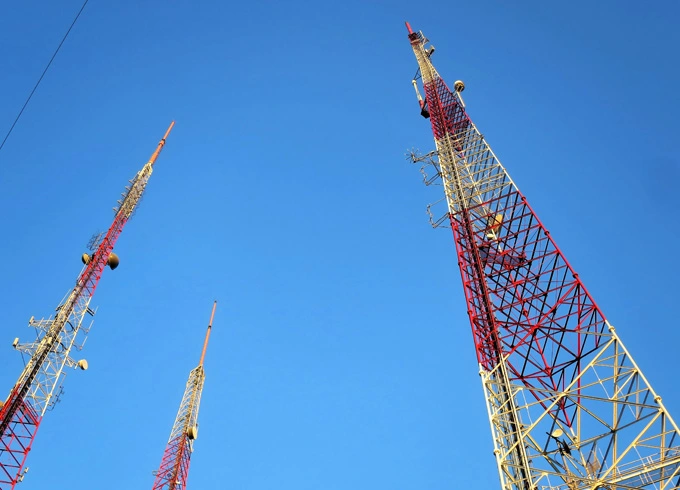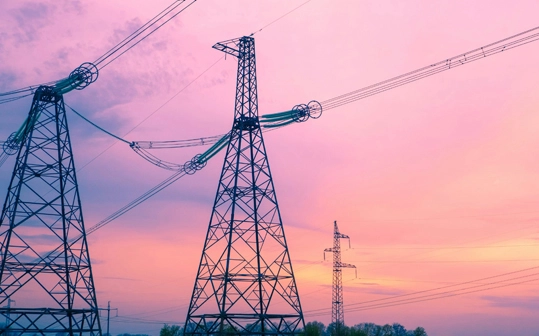Upgrading your network but getting stuck with frequent signal drops? Picking the wrong telecommunication tower can lead to wasted resources and unreliable coverage. Let’s simplify your decision-making process. The right telecommunication tower depends on your network’s load capacity, location constraints, tower type suitability, future scalability needs, and long-term cost efficiency. Prioritizing these factors ensures optimal signal coverage, durability, and return on investment. Transition paragraph: Choosing a tower involves more than just height. To avoid costly mistakes, here’s a breakdown of the critical considerations every network planner must evaluate.

Frustrated by towers that buckle under extreme weather? Overlooking key factors can cripple your network’s performance. Let’s identify the non-negotiable elements for a reliable lattice telecom tower. Key factors include load capacity (equipment weight/wind resistance), site accessibility, compliance with local regulations, maintenance requirements, and compatibility with future network expansions. Ignoring these risks operational failures and inflated costs.
Structural Load Capacity
Towers must support antennas, cables, and weather loads (snow, wind). For example, coastal areas require higher wind resistance (up to 150 mph).
Use steel or reinforced concrete for heavy-duty needs; aluminum suits lighter setups.
Environmental Adaptability
Corrosion-resistant coatings are essential in humid or coastal regions.
Earthquake-prone zones need flexible base designs.
Regulatory Compliance
Local height restrictions, aviation lighting rules, and zoning laws vary. A 200-foot tower in rural Texas may need FAA approval.
Future-Proofing
Modular designs allow adding antennas without structural changes. Plan for 5G upgrades or IoT integrations.
| Factor | Ideal Consideration | Common Mistake |
|---|---|---|
| Load Capacity | 1.5x expected equipment weight | Underestimating wind load |
| Maintenance | Remote monitoring compatibility | Overlooking rust prevention |
| Scalability | Pre-drilled mounting holes | Fixed designs limiting growth |
Using a monopole tower for a dense urban area? Wrong choices lead to inefficiency. Here’s how to match tower types Junjiang steel tower factory offering to your needs. Main types include lattice (high capacity), monopole (space-efficient), guyed (cost-effective for rural areas), and stealth towers (aesthetic urban integration). Each serves unique terrain and capacity requirements.
Structural Features: Triangular self-supporting design utilizing angle steel or tubular structures, offering excellent stability and wind resistance.
Applications: Suitable for areas requiring high structural strength, especially in regions with strong winds.
Structural Features: Constructed by welding angle steel, resulting in a sturdy structure that is easy to transport and install.
Applications: Widely used in the construction of communication base stations in both urban and rural areas.
Structural Features: Single-pole structure with a small footprint and a clean appearance.
Applications: Ideal for urban areas with limited space, especially where aesthetic considerations are important.
Structural Features: Stabilized with guy wires, featuring a lightweight structure and lower cost.
Applications: Suitable for open areas such as rural or mountainous regions, but requires ample ground space for guy wire anchoring.
Structural Features: Designed to mimic trees like pine or coconut, using advanced composite materials that are waterproof, fireproof, and corrosion-resistant.
Applications: Primarily installed in scenic areas, urban parks, and other locations where environmental aesthetics are a priority.
Structural Features: Designed for installation on building rooftops, featuring a lightweight structure and easy installation.
Applications: Suitable for enhancing communication coverage in urban high-rise buildings.
Junjiang is committed to providing high-quality telecommunication tower solutions tailored to your specific needs.

Structural Features: Integrated mobile bts tower design that combines communication equipment, facilitating rapid deployment and maintenance.
Applications: Ideal for areas requiring quick establishment of communication networks, such as temporary events or emergency communication needs.
Junjiang is committed to providing high-quality telecommunication tower solutions tailored to your specific needs.
Tempted to cut corners on tower quality? Short-term savings often lead to long-term disasters. Balance affordability and durability smartly. Opt for towers with corrosion-resistant coatings, modular designs, and warranties (15+ years). Partner with vendors offering volume discounts or financing.
Material Selection
Galvanized steel lasts 25+ years but costs 20% more than untreated steel.
Powder-coated aluminum resists salt corrosion, ideal for coastal areas.
Vendor Negotiations
Bulk orders (5+ towers) can reduce unit costs by 15%. Leasing options defer upfront payments.
Maintenance Planning
Predictive maintenance (sensors for tilt, vibration) cuts repair costs by 50%.
Selecting the right telecommunication tower requires evaluating load capacity, location, type, and cost-effectiveness. Smart choices today prevent costly failures tomorrow, ensuring seamless network performance for decades.
